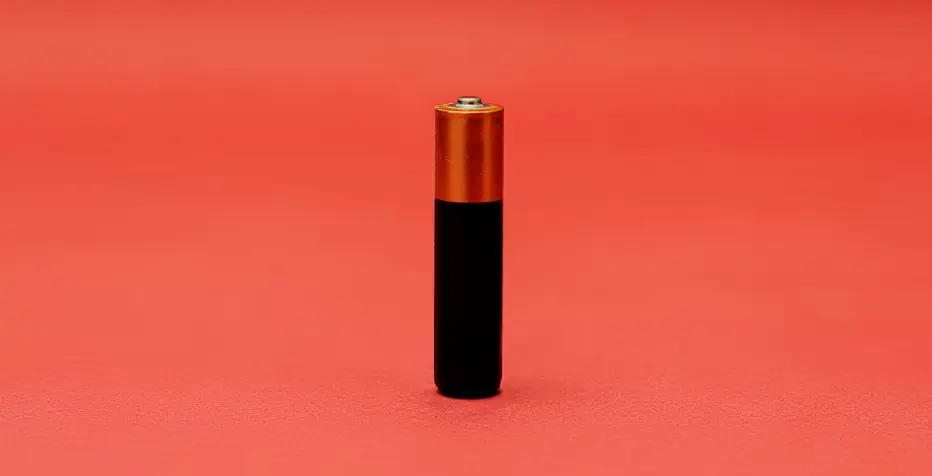
As the adoption of solar energy systems continues to grow, the need for efficient and reliable energy storage solutions becomes increasingly important. Lithium batteries have emerged as a preferred choice due to their high energy density, long lifespan, and low maintenance requirements. However, not all lithium batteries are created equal. This article delves into the various types of lithium batteries used in solar energy systems, comparing their features, advantages, and ideal applications.
Types of Lithium Batteries
- Lithium Iron Phosphate (LiFePO4)
- Lithium Nickel Manganese Cobalt Oxide (NMC)
- Lithium Titanate (LTO)
- Lithium Cobalt Oxide (LCO)
- Lithium Manganese Oxide (LMO)
Lithium Iron Phosphate (LiFePO4)
Overview
LiFePO4 batteries are known for their excellent thermal stability and safety profile. They offer a longer cycle life compared to other lithium-ion batteries and are less prone to overheating, making them a popular choice for solar energy storage.
Advantages
- Safety: High thermal stability reduces the risk of fire.
- Longevity: Typically offers 2000-5000 charge cycles.
- High Discharge Rate: Suitable for high-power applications.
- Environmental Impact: Less toxic materials used in manufacturing.
Disadvantages
- Energy Density: Lower energy density compared to NMC and LCO.
- Cost: Generally more expensive upfront than lead-acid batteries.
Ideal Applications
- Residential solar energy storage
- Off-grid solar systems
- Electric vehicles
Lithium Nickel Manganese Cobalt Oxide (NMC)
Overview
NMC batteries are widely used in electric vehicles and energy storage systems due to their balanced performance in terms of energy density, lifespan, and cost. They offer a good mix of power and capacity.
Advantages
- Energy Density: Higher energy density allows for compact storage solutions.
- Versatility: Can be optimized for either high specific energy or high specific power.
- Cost: More cost-effective over the long term due to balanced performance.
Disadvantages
- Thermal Stability: Less stable at high temperatures compared to LiFePO4.
- Cycle Life: Shorter lifespan than LiFePO4, typically around 1000-2000 cycles.
Ideal Applications
- Utility-scale solar energy storage
- Residential and commercial solar systems
- Electric vehicles
Lithium Titanate (LTO)
Overview
LTO batteries are renowned for their exceptional cycle life and fast charging capabilities. They use lithium titanate as the anode material, which provides superior thermal stability and safety.
Advantages
- Cycle Life: Extremely high, often exceeding 10,000 cycles.
- Fast Charging: Capable of rapid charging without degrading battery life.
- Safety: Excellent thermal stability and low risk of thermal runaway.
Disadvantages
- Energy Density: Lower compared to other lithium-ion batteries.
- Cost: Higher initial cost due to advanced materials and technology.
Ideal Applications
- Grid stabilization
- High-performance electric vehicles
- Specialized industrial applications
Lithium Cobalt Oxide (LCO)
Overview
LCO batteries are commonly used in consumer electronics due to their high energy density. However, they are less suitable for large-scale solar energy storage because of their shorter lifespan and safety concerns.
Advantages
- Energy Density: Very high, making them ideal for compact devices.
- Lightweight: Suitable for portable applications.
Disadvantages
- Cycle Life: Relatively short, usually around 500-1000 cycles.
- Safety: Higher risk of thermal runaway and overheating.
- Cost: Expensive due to cobalt content.
Ideal Applications
- Consumer electronics (smartphones, laptops)
- Small-scale portable solar chargers
Lithium Manganese Oxide (LMO)
Overview
LMO batteries offer a compromise between energy density and safety. They are often used in power tools and medical devices but are also gaining traction in the renewable energy sector.
Advantages
- Safety: Better thermal stability than LCO.
- Power Output: High discharge rates make them suitable for power-intensive applications.
- Cost: Generally more affordable than other lithium-ion types.
Disadvantages
- Cycle Life: Moderate, typically around 1000-1500 cycles.
- Energy Density: Lower than NMC and LCO.
Ideal Applications
- Power tools
- Medical devices
- Supplementary solar energy storage
Choosing the right lithium battery for your solar energy system depends on a variety of factors, including energy needs, budget, and specific application requirements. LiFePO4 batteries offer excellent safety and longevity, making them ideal for residential and off-grid systems. NMC batteries provide a balanced performance suitable for utility-scale and commercial applications. LTO batteries excel in durability and fast charging, while LCO and LMO batteries are better suited for smaller-scale or specialized uses.
By understanding the strengths and weaknesses of each type of lithium battery, you can make an informed decision that maximizes the efficiency and reliability of your solar energy system.




